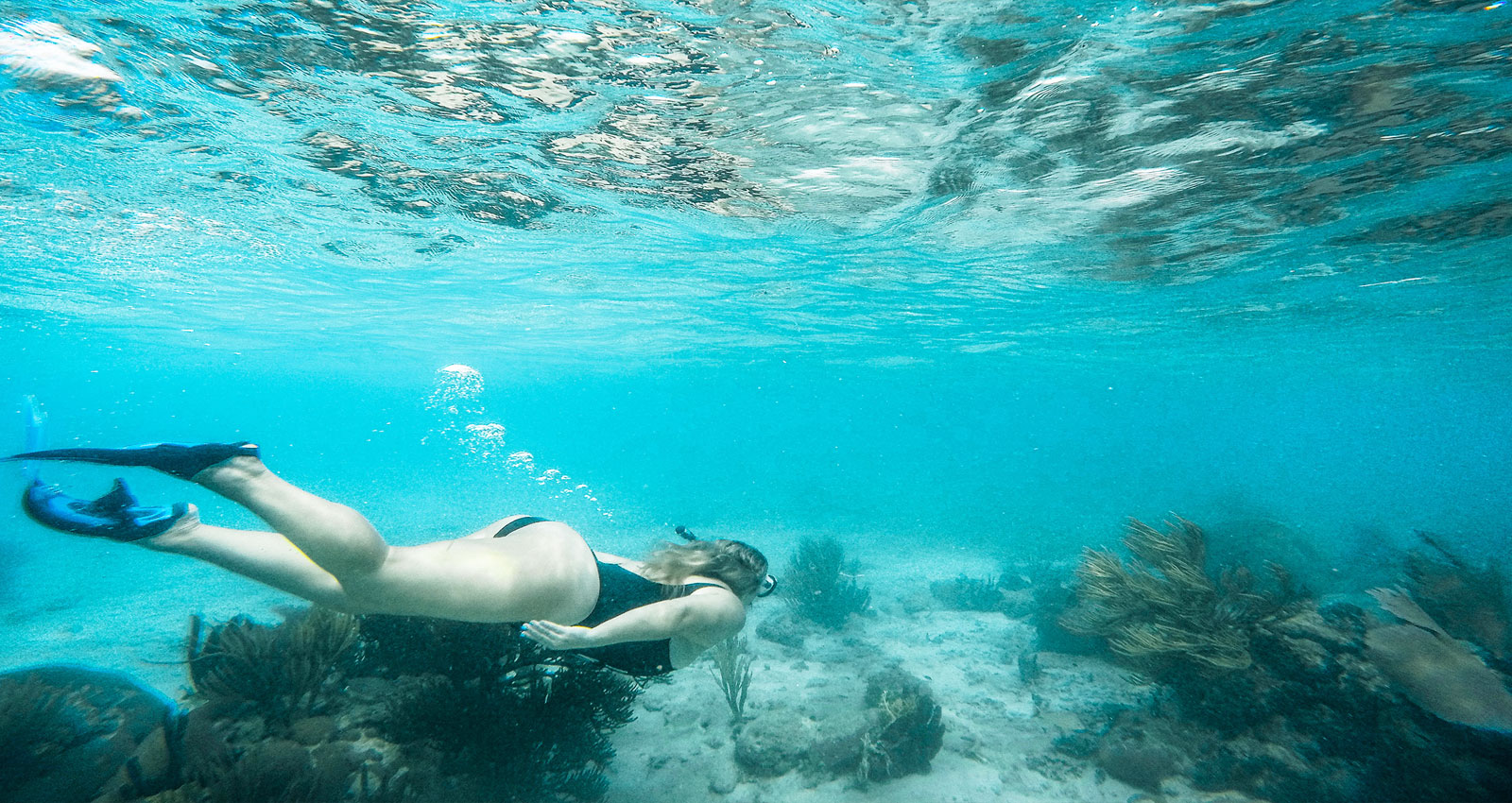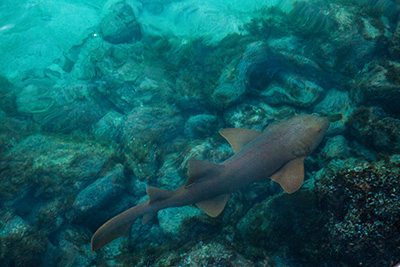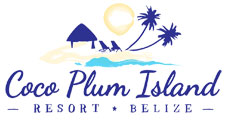
Discover the Belize Barrier Reef System
Belize Reef
The Belize barrier reef and is just a few miles off the coast of Coco Plum Island. Stretching along the entire coast of Belize, the offshore reef is one of the country's greatest natural treasures. Officially part of the greater Mesoamerican Barrier Reef System and measuring some 560 miles (900 kilometers) long, it is the largest living coral reef system in the Northern Hemisphere and second in size only to the Great Barrier Reef of Australia.
Size
Belize's section of the reef measures approximately 185 miles (300 km) from north to south and is divided into seven different zones. In total, the Belize Barrier Reef has over 400 islands (known locally as "cayes") and three atolls, the only true atolls found anywhere on the planet outside of the Pacific Ocean. More than 70 species of hard coral and 36 species of soft coral are found on the reef along with some 500 different species of fish, making the Belize Barrier Reef one of the most ecologically diverse marine areas in the world.
Composition
Despite its stony appearance, coral is actually an animal. Tiny creatures called coral polyps exude a hard calcium exoskeleton that is very similar in composition to a mollusk's shell. Over time, this hard exoskeleton begins to form a reef which serves as shelter for a host of other marine creatures, including sponges, fish, rays, sharks, shellfish, and echinoderms. Used as a nursery by many animals, the reef is also a feeding ground for predators. It is estimated that 25 percent of all marine species in existence are found in and around coral reefs.
Coral can only grow in warm water that is relatively shallow as coral has a symbiotic relationship with an algae that photosynthesizes sunlight. The algae reward the coral by working as a kind of "glue" to hold the reef together and make it more resistant to damage by passing animals and waves. As coral reefs begin to grow, they work much like breakers, protecting the shoreline from strong storms. It is estimated that the oldest parts of the Belize Barrier Reef began growing around 10,000 years ago at the end of the last great Ice Age.
UNESCO World Heritage Site
In 1996, the Belize Barrier Reef was declared a UNESCO World Heritage Site, but it was placed on the endangered list due to years of overfishing and other destructive practices. As a result of careful stewardship and the decision to set aside much of the reef as a national park or marine preserve, the area began to recover, and the reef was removed from the endangered list on June 24, 2018.
Related Reading

Experience the Belize Barrier Reef
"One of the best features of the island is how well the cabana's are all laid out. All have a terrific view of the ocean, some are steps from the water and others are staggered back. All are spaced far apart and give you plenty of privacy from neighboring cabanas."
"Step right out the door to a truly peaceful and spectacular view of paradise."

